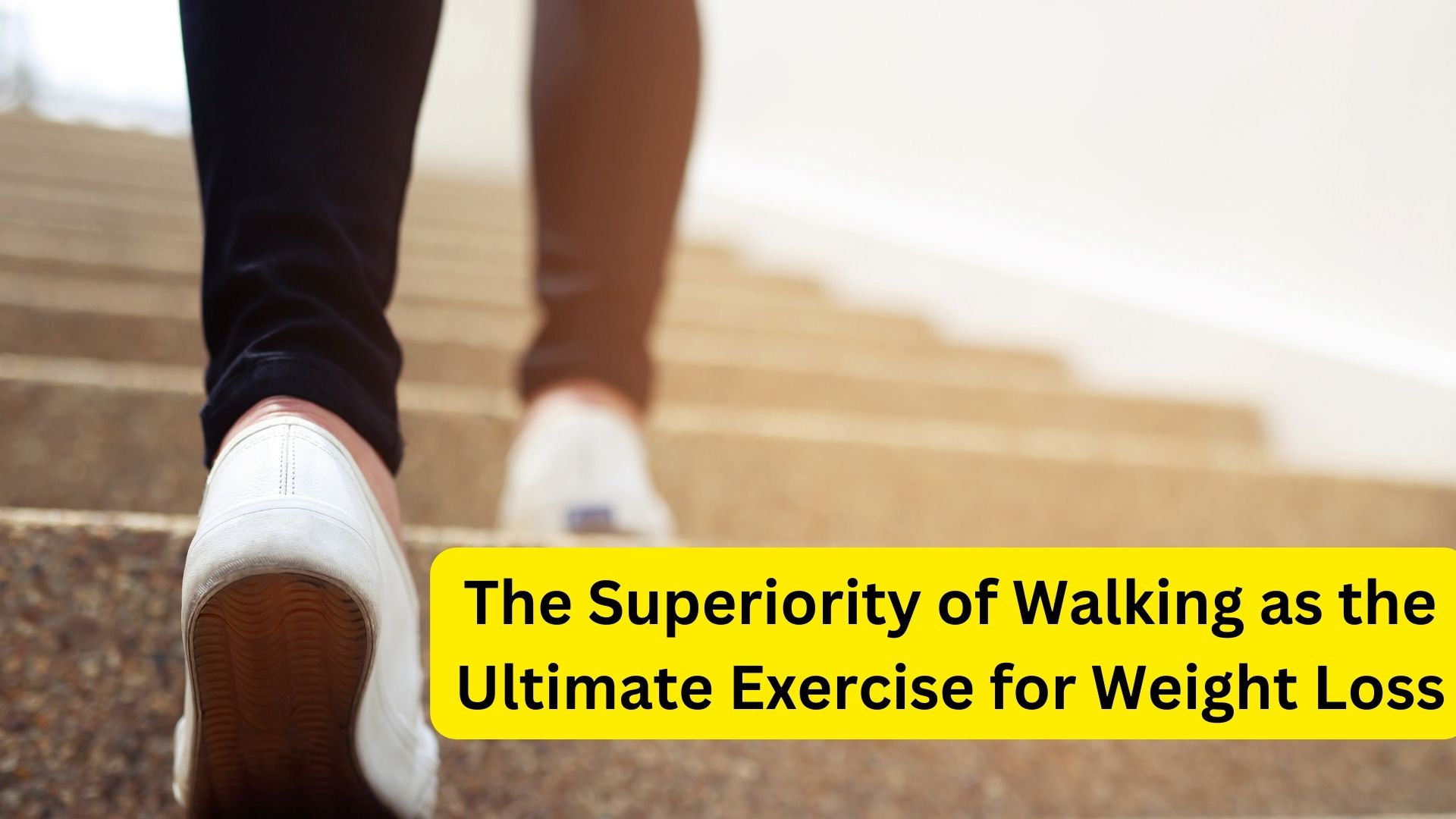
In the realm of fitness, walking often goes unnoticed despite being a highly effective form of exercise. It is accessible to individuals of all ages and fitness levels, not only promoting weight loss but also offering a multitude of health benefits. Its gentle impact on joints makes it sustainable over the long term, and to maximize its advantages, maintaining proper posture and a brisk pace, along with a consistent walking schedule, are crucial.
- Low-Impact Powerhouse: In a world that often glorifies high-intensity workouts and gym memberships, the simplicity and effectiveness of walking for weight management and overall health are frequently underestimated. Its low-impact nature makes it a powerhouse exercise, boosting cardiovascular health and enhancing mental well-being beyond merely burning calories.
- Holistic Connection with Nature: More than just a physical activity, walking serves as a means to reconnect with oneself and nature, offering a mental break from the daily grind. Whether it’s a brisk park walk, a neighborhood stroll, or choosing to walk short distances instead of driving, it seamlessly integrates into daily life.
- Universal Accessibility: Regardless of age or fitness level, almost anyone can engage in walking. Unlike strenuous activities that may pose challenges for those with health concerns, walking provides a low-impact alternative that won’t compromise well-being. Whether you’re a fitness enthusiast or new to exercise, walking is a universally accessible workout option.
- Ease of Commitment: Consistency is key in fitness, and walking’s simplicity allows for easy incorporation into daily routines. Unlike complex workout regimens that demand significant time and specialized equipment, all you need for walking is a comfortable pair of shoes. It’s recognized as the easiest form of exercise to commit to, making it a practical choice for long-term fitness goals.
- Fat-Burning Action: Despite its seemingly gentle nature, walking is a powerful catalyst for fat burning. Brisk walking elevates heart rate, prompting the body to burn calories and rely on fat stores for energy. Consistent walking sessions, combined with a balanced diet, contribute to gradual yet significant body fat reduction, offering sustainable long-term weight loss results.
- Joint-Friendly Exercise: For individuals with joint issues or those recovering from injuries, walking stands out as one of the safest ways to move joints. Its rhythmic movements are gentle on joints, making it an ideal workout option for those with arthritis. The low-impact nature ensures safety and sustainability, minimizing the risk of injury.
- Positive Impact on Mental Health: In addition to its physical benefits, walking profoundly influences mental health. The rhythmic and repetitive nature induces a meditative state, reducing stress and anxiety. Furthermore, walking triggers the release of endorphins, enhancing mood and providing mental clarity.
- Walking for Weight Loss: To achieve effective weight loss through walking, it’s recommended to walk at a moderate pace for a minimum of 30 minutes, at least 5 days a week. While starting at a pace suitable for current fitness levels, gradually increasing intensity over time proves beneficial. Setting realistic goals is essential for long-term success in weight management.
Also Read
6 Methods to Enhance Your Metabolism
Conclusion: Walking emerges as an underrated yet potent exercise for weight loss, offering a holistic approach to fitness that goes beyond conventional high-intensity workouts. Its accessibility, ease of commitment, and numerous health benefits make it a practical and sustainable choice for individuals seeking a long-term solution to weight management.

2 thoughts on “The Superiority of Walking as the Ultimate Exercise for Weight Loss”